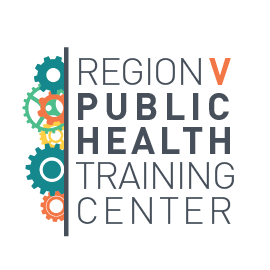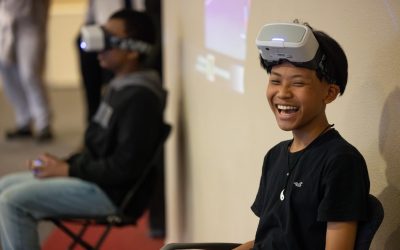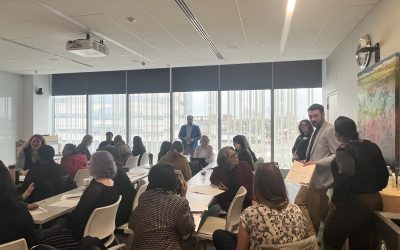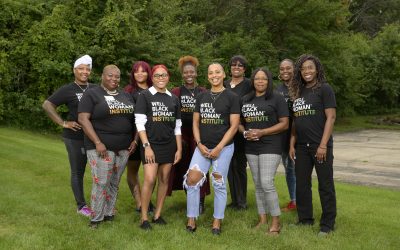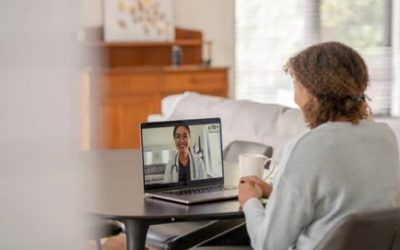RVPHTC Blog
Welcome to our blog! Covering classic and topical public health themes, we hope you find new and interesting information through our blog posts, published weekly to keep you in the know on all things public health!
Interested in contributing or have a topic you’d like to see? Email us at [email protected].
Five Ways to Engage in a Health in All Policies Mindset
With the lingering spotlight cast on the public health community due to the COVID-19 pandemic, it is imperative that public health practitioners use their voices to advocate for social justice in public policy. Here are some tips on how to continue to apply a Health in All Policies mindset to your practice, and how to model it for others.
Making the Most Out of Your Internship Experience
For many students, internships are an opportunity to gain real-world experiences while developing their skills and establishing meaningful connections with people in their industry….to truly make the most out of your internship experience, it is important to set goals in the beginning, build professional relationships with your colleagues, and reflect on your experiences throughout the internship.
Racing to Protect Public Health: Reaching New Heights with Public Health Drone Camp
We designed an interactive program for underrepresented middle and high school students from our local communities, with the goal to develop a hands-on experience that would familiarize them with public health through the exciting technology of drones. Throughout the week, students thought about how drones are used to protect the public’s health, and as importantly, they thought about how they could be part of keeping their own communities healthy.
The Academic Health Department as a Tool for Case-Based Learning
The Ohio State University College of Public Health and Columbus Public Health have been partnering as an Academic Health Department since 2019, focusing on event co-planning, traditional student placements, and training and workshop co-development. For the past five years, our two organizations have developed a strong and reliable relationship, but more than anything, it has provided a space for brainstorming and ongoing discussions to do more.
Opioid Crisis and Communities of Color
As COVID-19 deaths decline, overdose deaths continue to rise, with death rates spiking in communities of color (AMA, 2023), where fentanyl has entered the drug supply of stimulants as well as heroin.
Fostering Skills and Building Connections Through Student Experiences
Student experiences in field placements and collaborative projects offer valuable connections for both students and organizations. These experiences provide both groups with the power to impact communities and strengthen the future of the public health workforce.
Health Literacy in ColumbUS starts with US
As we draw our second health literacy conference to a close, we will work with attendees on the action items they developed during our conference in the following months to assist public health-focused organizations in becoming more health literate while improving community engagement and access to care. Striving to provide educational opportunities resulting in calls to action is key to reducing barriers and creating more health literate organizations.
Building Leadership Capacity to Advance Health Equity – By and For Black Women
Investments in community-led initiatives, strategies, and solutions are crucial to build the power and capacity of populations most impacted by health and social inequities. The Well Black Woman® Institute (WBWI) is an innovative leadership development program for Black women in Wisconsin. WBWI builds the knowledge, skills, and capacity of Black women to become health equity advocates, leaders, and change agents within their communities and across the state.
Maternal and Infant Mortality: Barriers to Prenatal Care
By identifying barriers to prenatal care, we can decrease maternal and infant mortality rates.
Bridging the Gap: Telehealth, Broadband, and Equity in Healthcare Access
The COVID-19 pandemic spotlighted telehealth’s potential, but revealed a stark reality: 14.5 million Americans lack broadband access, disproportionately affecting rural and tribal communities. Telehealth offers hope, but its promise is hindered by access inequities. Recognizing broadband as a crucial determinant of health, policymakers are acting, ranging from state-level initiatives to the Infrastructure Investment and Jobs Act. However, broadband expansion is just the beginning. Achieving healthcare equity demands policy reforms, workforce training, and collaboration. The pandemic taught us that telehealth is transformative, but its benefits must reach every corner of our nation, leaving no one behind in the pursuit of health and equity.
